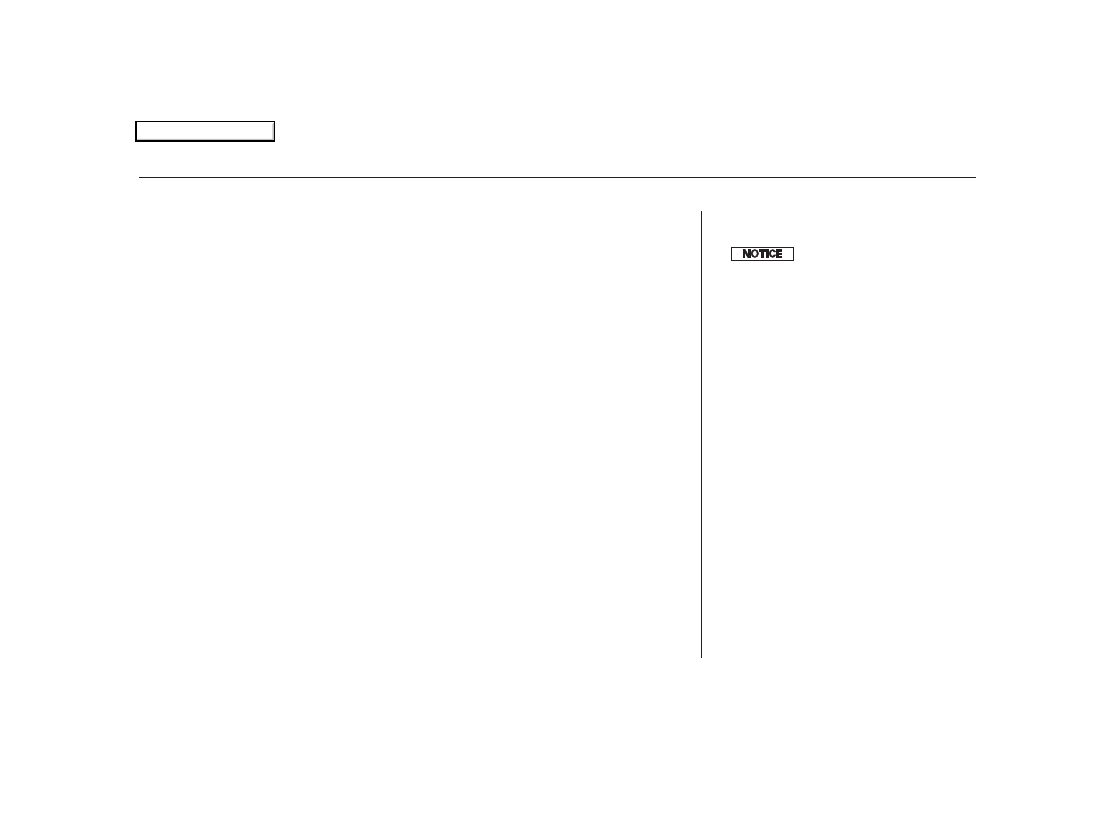Honda S2000 (2008 year). Manual - part 1

One of the best ways to enhance the enjoyment of your new vehicle is to
read this manual. In it, you will learn how to operate its driving controls and
convenience items. Afterwards, keep this owner’s manual in your vehicle so
you can refer to it at any time.
Several warranties protect your new vehicle. Read the warranty booklet
thoroughly so you understand the coverages and are aware of your rights
and responsibilities.
As you read this manual, you will
find information that is preceded by
a
symbol. This
information is intended to help you
avoid damage to your vehicle, other
property, or the environment.
Maintaining your vehicle according to the messages shown on the
information display helps to keep your driving trouble-free while it preserves
your investment. When your vehicle needs maintenance, keep in mind that
your dealer’s staff is specially trained in servicing the many systems unique
to your vehicle. Your Honda dealer is dedicated to your satisfaction and will
be pleased to answer any questions and concerns.
Congratulations on your selection of the 2008 Honda S2000. We are certain
you will be pleased with your purchase of one of the most sophisticated and
technologically-advanced sports cars in the world.
Introduction
i
07/07/25 17:27:07 31S2A680 0002
2008 S2000
Main Menu